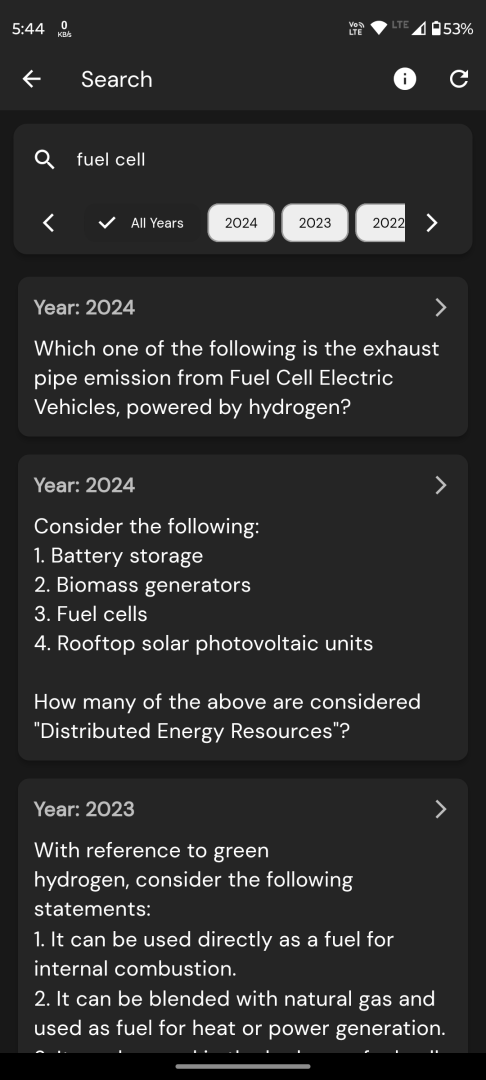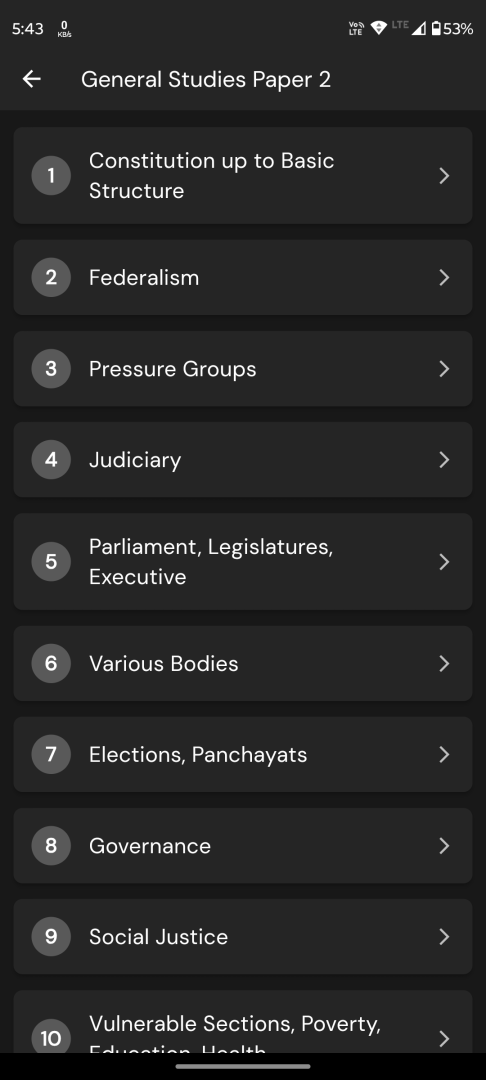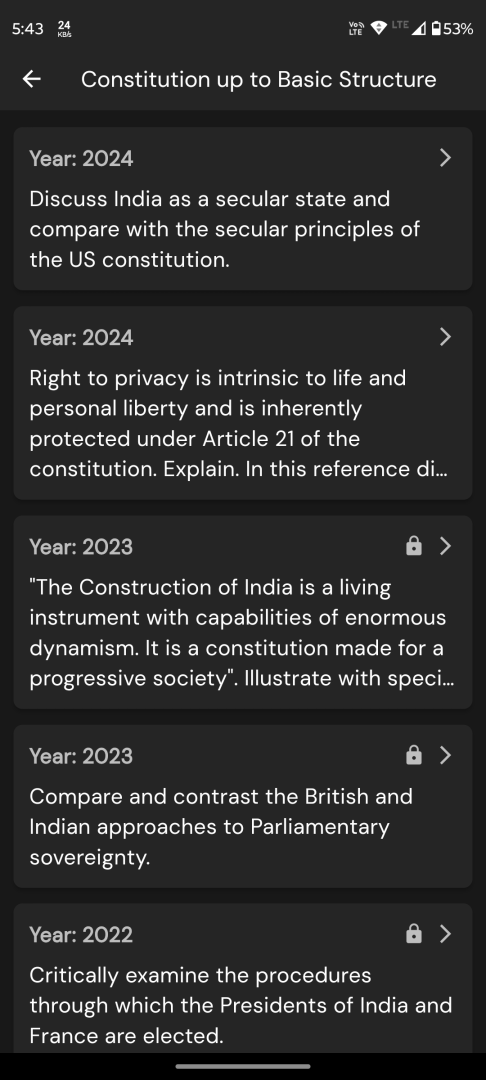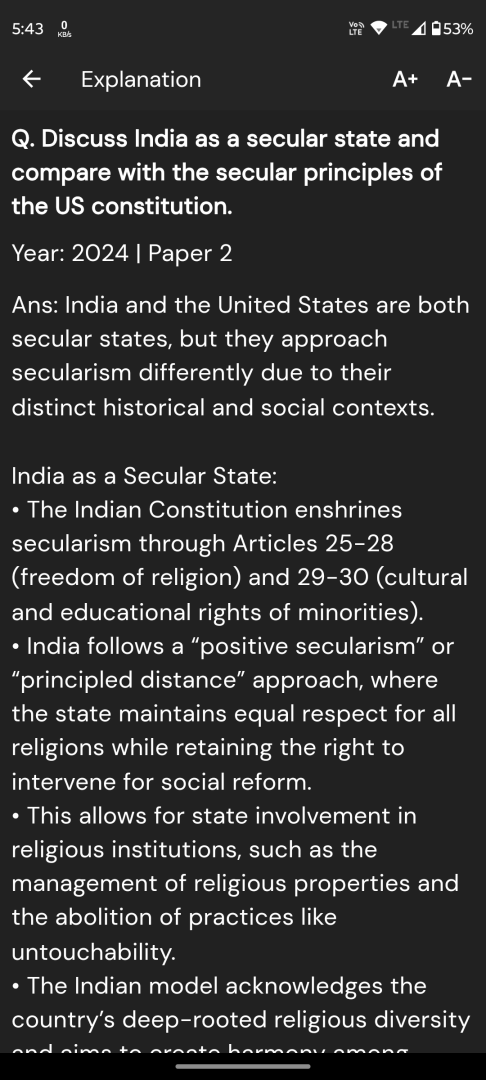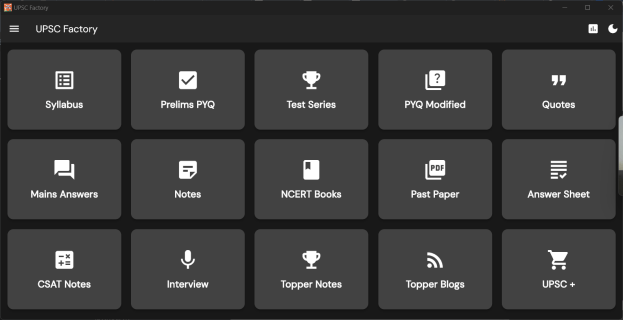Q. With reference to Web 3.0, consider the following statements:
1. Web 3-0 technology enables people to control their own data.
2. In Web 3.0 world, there can be blockchain based social networks.
3. Web 3-0 is operated by users collectively rather than a corporation.
Which of the statements given above are correct?
a) 1 and 2 only
b) 2 and 3 only
c) 1 and 3 only
d) 1, 2 and 3
Correct Answer: d) 1, 2 and 3
Question from UPSC Prelims 2022 GS Paper
Explanation :
Web 3.0: Decentralized Online Ecosystem
Web 3.0, often referred to as the third generation of the internet, is a concept that envisions a decentralized online ecosystem based on blockchain technology.
Statement 1: Control Over Personal Data
Web 3.0 technology enables people to control their own data. One of the core principles of Web 3.0 is to give users control over their own data. In contrast to Web 2.0, where data is often controlled by centralized entities (like social media platforms or search engines), Web 3.0 aims to empower users with ownership and control over their personal information through technologies like blockchain and decentralized identity solutions.
Statement 2: Blockchain-Based Social Networks
In a Web 3.0 world, there can be blockchain-based social networks. Blockchain technology enables the creation of decentralized applications (DApps), including social networks that are not owned by a single entity. These networks can operate on a peer-to-peer basis, with governance and rules encoded in smart contracts. This allows for a new kind of social network where users can have a say in the platform’s development and potentially benefit from the value they create.
Statement 3: User-Operated Decentralized Networks
Web 3.0 is operated by users collectively rather than a corporation. The vision of Web 3.0 includes decentralized networks that are collectively operated by their users rather than centralized corporations. This is achieved through the use of blockchain technology, which allows for distributed consensus mechanisms and decentralized governance models. Users can participate in decision-making processes, contribute to the network’s security, and even earn rewards for their contributions.

